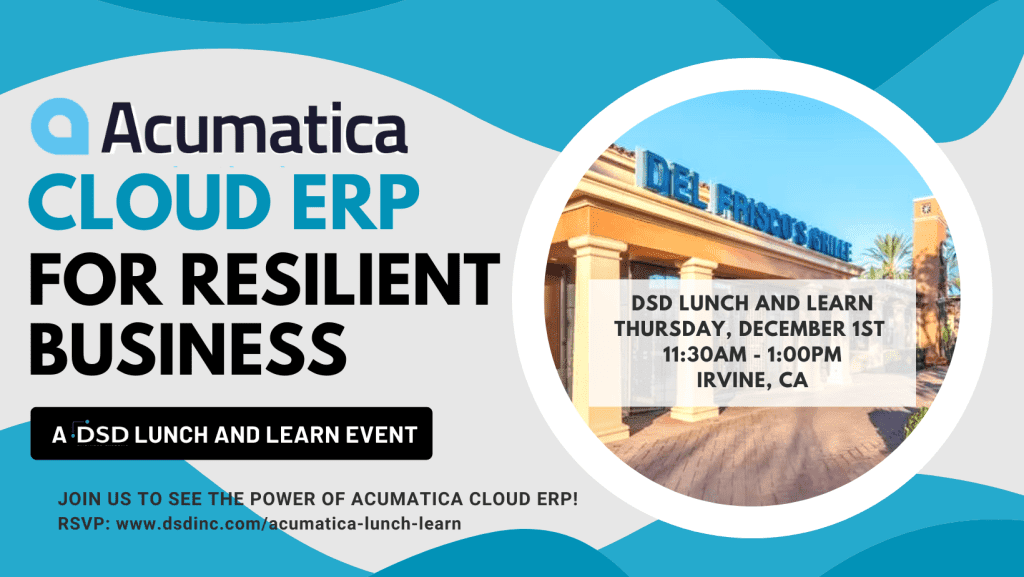ERP DATA MIGRATION & CONVERSION – DATA MIGRATION TEAM
In a recent blog series, we looked at unrealistic ERP expectations for BUYERS, PROVIDERS, and PUBLISHERS respectively, in order to recognize, correct or avoid potential problems down the road.
In our newest series, we take a look at ERP data migrations – one of the most challenging aspects of any new system implementation. This is particularly true when the old system is written in legacy code, for which there is little or no support. And it is doubly true when the old system has been installed on proprietary hardware, or on an operating system that is no longer commonly used.
In ERP DATA MIGRATION & CONVERSION – PLANNING FOR SUCCESS we spoke about success factors (both controlled and uncontrolled) that contribute to the outcome of an ERP data migration project. One of the most important (and controlled) factors discussed is the formation and quality of your Data Migration Team (DMT).
EMT Support
First off, you must have the unequivocal and active support of your Executive Management Team (EMT). They likely appointed you, but that doesn’t mean that you have their support. It only means that you have their endorsement.
Let them know in advance that you’ll need to assemble a Data Migration Team, consisting of one knowledgeable staff member from each department in the company, and that you’ll need to be a high priority for each of the DMT members.
Also let them know in advance where the areas of least predictability will be, and what a bad outcome could mean, in terms of business activities or in terms of the new system’s implementation schedule.
The areas of least predictability are:
- Data quality on the legacy system. Is there corruption in those old files?
- Hardware on the legacy system. Will it keep running long enough for all the required downloads?
- Operating system and ERP software on the legacy system. Will they allow you to produce reliable data downloads?
- Quality and speed of the communications link between the legacy and new systems. You will conceivably be transferring millions or even billions of pieces of information. If this is not a reliable and fast connection, your data migration can and will be a nightmare.
- Quality of testing. The staff members of each of your departments must test the “Conference Room Pilot” system, after the preliminary data migration, in order to determine of the converted data meets the requirements of the new software. Lazy testing can completely negate the most careful planning and execution.
The Data Migration Team
Your DMT should consist of the legacy system administrator, a representative from your new ERP provider, and one representative from each major function in your company. For instance, you might have one person from your Accounting and Finance Department, one person from HR, one from Sales and one from Production. Keep the size of your DMT to a minimum, as long as all functions are represented.
Each of your team members must be conversant with the historic, current and future data needs of the department(s) they represent. You need these team members to be strategic thinkers as well as tactical thinkers. These will likely be persons of high responsibility in their departments, so you can’t waste their time. Make your meetings efficient and goal-oriented.
Each of your DMTs must be able to sound in authoritatively on these issues:
- Which data should be migrated and which can be left behind.
- How the migration process can be done in a way that minimizes the impact on their department’s business activities. This applies to the Conference Room Pilot (i.e. test) system, as well as to the final Go-Live system.
- Which of the new system’s features will be used, and which won’t.
- How the Conference Room Pilot must be tested in order to ensure each department’s data integrity.
As discussed previously, having a solid plan (and corresponding backup) and executing it well is vital to the success of any ERP data migration project, but putting your team in place to implement it can be even more important. Again, make sure that they each have skin in the game, that they are motivated to achieve a successful outcome, and that they are the most knowledgeable people in their department, concerning their department’s data needs.
While there are numerous uncontrolled factors that contribute to an ERP conversion’s success and failure, forming your DMT should be more of a science and a process that will contribute heavily to the outcome of your project, so plan accordingly.
About DSD
DSD offers NetSuite Cloud ERP, NetSuite CRM, NetSuite eCommerce, Sage 100 ERP (formerly MAS 90), Sage 300 ERP (formerly Accpac), Sage 500 ERP (formerly MAS 500), Sage FAS, Sage HRMS (formerly Abra), Sage CRM, Sage SalesLogix, Sage Add-Ons (Extended Solutions), and Custom Programming. DSD has been a multi-time Sage President’s Circle award winner, a two-time Sage Gold Development Partner of the Year recipient, has been recognized by the San Diego Better Business Bureau (BBB) as a Torch Award Finalist (2009) and Torch Award Winner (2010) for Marketplace Ethics, and has been recognized by the Council of Better Business Bureaus as a 2012 International BBB Torch Award Finalist for Marketplace Excellence.




